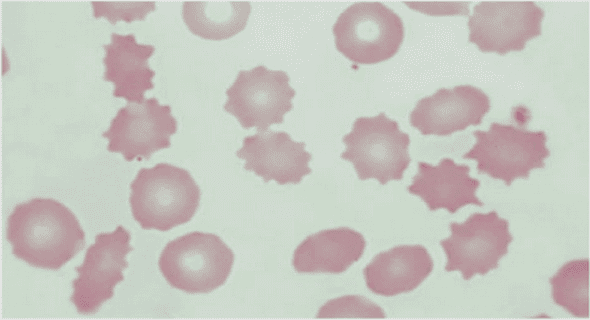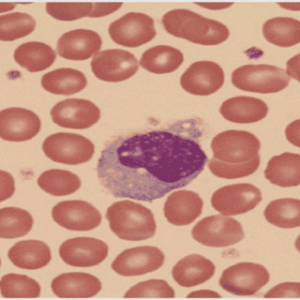(Downloads - 0)
For more info about our services contact : help@bestpfe.com
Table of contents
1 Introduction
1.1 Context of the study
Synthetic biology, metabolic engineering and chassis strains
The CHASSY project
Objectives of the thesis
1.2 Yarrowia lipolytica as a chassis strain
General characteristics of Y. lipolytica
Y. lipolytica as a biotechnological workhorse
1.3 Synthetic biology tools for Y. lipolytica
1.4 Yeast factories for the production of aromatic compounds
The aromatic amino acid biosynthetic pathway
The Ehrlich pathway
Regulation of the aromatic amino-acid pathway
Engineering the AAA biosynthetic pathway.
Examples of compounds derived from the AAA pathway
1.5 Organization of the thesis
2 Materials and methods
2.1 Strains, media and growth conditions
Specificities of culture conditions
2.2 Cloning and strain construction
General molecular biology
Gene synthesis
Expression cassette and vector construction
Strategies for genome editing.
Transformation
2.3 Verification of constructions
E. coli colony PCR
Digestion by restriction enzymes
Y. lipolytica colony PCR
2.4 Analytical techniques
HPLC
Absorbance and fluorescence measurements.
2.5 qRT-PCR
2.6 Enzymatic assays
Protein extraction
Protein determination
Chorismate mutase activity
DAHP synthase activity
2.7 Golden Gate
Construction of donor vectors with GG parts
Assembly of expression vectors
Transformation into a Y. lipolytica strain
2.8 CRISPR
Design gRNA molecules and relevant primers
Construction of the double stranded gRNA insert
Cloning double stranded gRNA inserts into the CRISPR-Cas9
acceptor plasmid pGGA_CRISPRyl
Check for correct assembly of the gRNA plasmids
Transform CRISPR-Cas plasmids to edit Y. lipolytica genome
Check DNA mutation.
2.9 Lugol test
3 Results
3.1 Synthetic biology tools
Golden Gate assembly
CRISPR
Discussion and conclusion
3.2 Metabolic engineering of the aromatic amino acid pathway
Aromatic Amino Acids chassis strain
Regulation of Aro4 and Aro7 in Y. lipolytica
AAA chassis strain as cell factory to produce valuable compounds
Discussion and conclusion
4 General conclusion
5 Bibliography
6 Annexes
6.1 Supplementary data
Supplementary data of articles presented
Codon optimized sequences of heterologous genes
Table of strains
Table of primers
6.2 Supplementary articles
6.3 List of contributions and communications
Scientific articles sorted by year
Conferences and workshops
6.4 Students supervision
6.5 Résumé complet en Français



